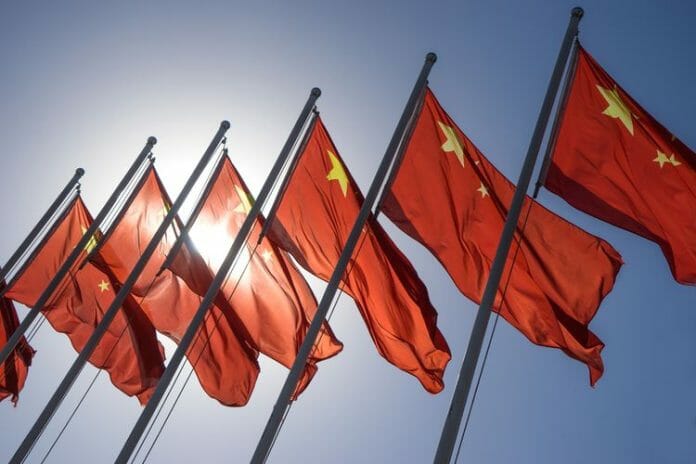When Russia attacked Ukraine last year, among the worst hit by the tremors of the conflict outside the immediate war zone were tens of millions of South Asians, whose children went hungry and vehicles ran out of fuel because of soaring commodity prices.
Now, as China’s consumer market reopens following the easing of its pandemic restrictions, that misery is forecast to deepen with a surge in demand driving up prices across one of the world’s poorest regions, which includes smaller economies such as Nepal, Bangladesh, Pakistan and Sri Lanka.
“Once China comes on stream substantially – and not even fully – the consumption of all commodities will go up,” says Biswajit Dhar, professor at New Delhi’s prestigious Jawaharlal Nehru University. “If this happens, we could be pushed into the [inflationary] situation we are trying to get out of.”
Prices of Malaysian palm oil futures hit a near four-week high towards the end of last year and soybean futures jumped to the highest in six months, both on expectations of greater demand from China when it abruptly ended its Covid-19 restrictions in December.
Wheat values have also firmed amid concerns of crop damage in the US while Brent crude oil prices ended the year with a 10 per cent gain at US$80 a barrel – although prices have cooled from the 15-year high of US$139 a barrel in the immediate weeks after Russia’s invasion of Ukraine.
Much depends on how China copes with an unconstrained virus wave across a patchily vaccinated public, who were broadly sheltered from the worst of the pandemic since the first wave ripped through Wuhan in early 2020, but have since been hitched to an economic slowdown.
Many analysts believe that the demand for essential commodities will pick up once infections subside in China, potentially starting in March.
“China’s [oil] demand slumped by an estimated 500,000 barrels/day year-on-year in 2022, ” says Vandana Hari, founder of Singapore-based Vanda Insights.
“The country’s reopening from zero-Covid should at least bring this amount of consumption back. But the big question is, at what pace does it come back,” she says. Demand is likely to improve from the second quarter, and the entire volumes which had been lost are expected to return gradually through the second half of the year, and could spill over to 2024.
The good news, Hari added, is that crude oil is unlikely to surge “with the same momentum as early last year”.
Regardless of the pace of demand, further price volatility could push fragile South Asia’s import-dependent economies deep into trouble.
Any slide in currency values will hamper the ability to tame inflation, says Biraj Patnaik, a South Asia food rights expert and a former adviser to India’s Supreme Court.
“Many governments in our neighbourhood [South Asia] are facing pressures on their currency. It is going to be a critical factor because they don’t have the foreign exchange reserves to purchase food,” says Patnaik.
Pakistan and Sri Lanka have tried to restrict imports to shore up depleted foreign exchange reserves, but to mixed impact. Soaring energy prices in Sri Lanka last August forced then-president Gotabaya Rajapaksa to flee abroad as mass protests broke out.
The region must also brace for more climate shocks like last year’s floods in Pakistan that submerged a third of the country, devastated agriculture and livestock, and sent commodity prices soaring.
“What you are likely to see is a two-pronged pressure on food supplies on the small economies,” says Patnaik.
The tools available to each nation to ensure food supply to vulnerable populations are limited, experts say, and also carry a risk of ricocheting into the regional supply chain.
South Asia’s largest economy India, also the world’s largest exporter of rice, imposed an export ban on wheat and restricted shipments of broken rice shipments last year after a lack of rainfall reduced crop output.
Though India maintains a buffer of grain reserves, it may not be able to ship out large quantities of food to smaller neighbours in crisis.
New Delhi has also been diverting portions of its agriculture produce to green fuels that will reduce its surplus, said Patnaik, and will continue to use grain reserves to tame domestic inflation.
“I would think that the next two years would be extremely challenging for South Asia on the inflation front,” Patnaik said.
India pledged to the United Nations last year that it will reach net zero emissions by 2070. It plans to generate 50 per cent of its electricity from non-fossil sources by 2030.









